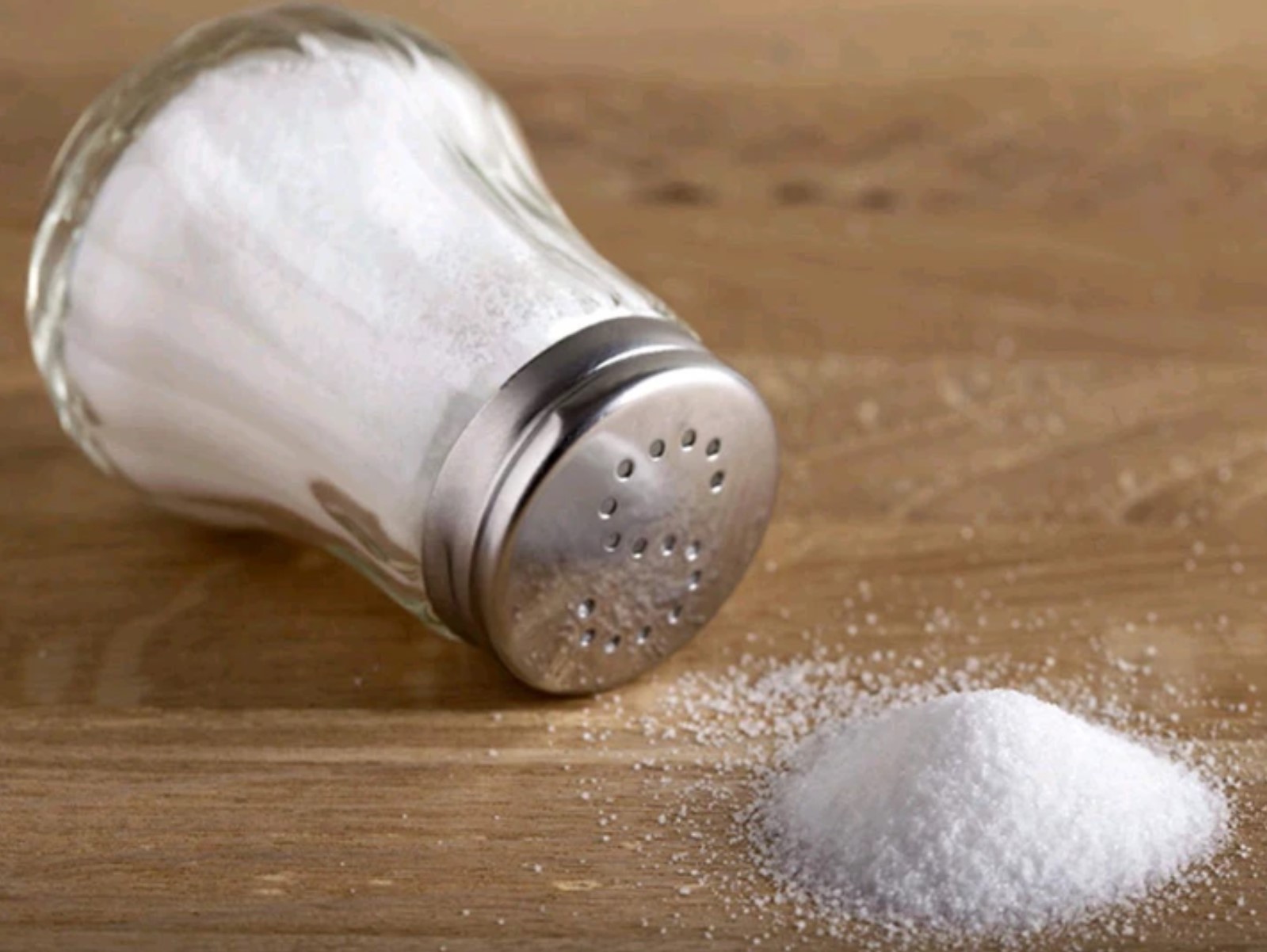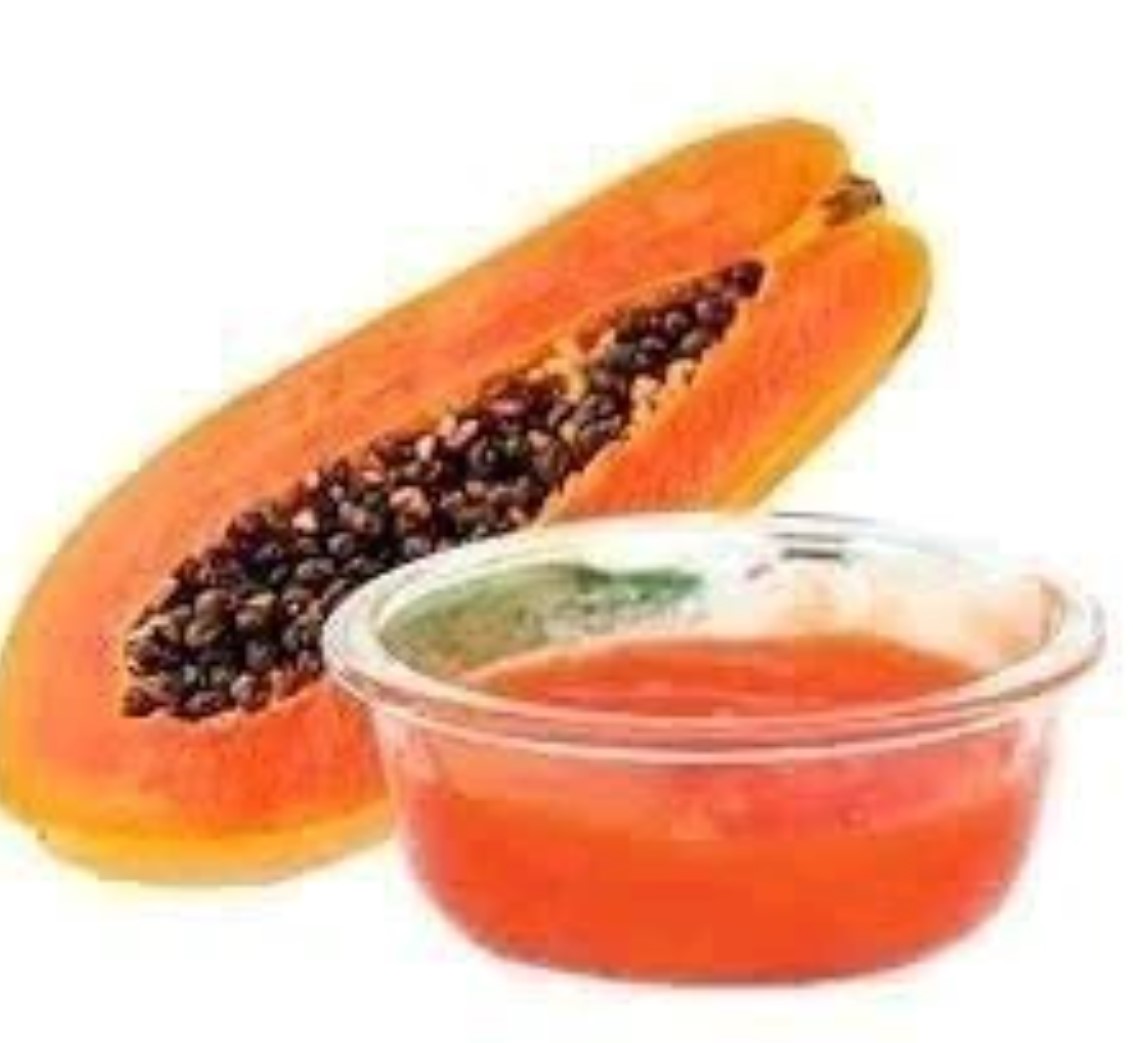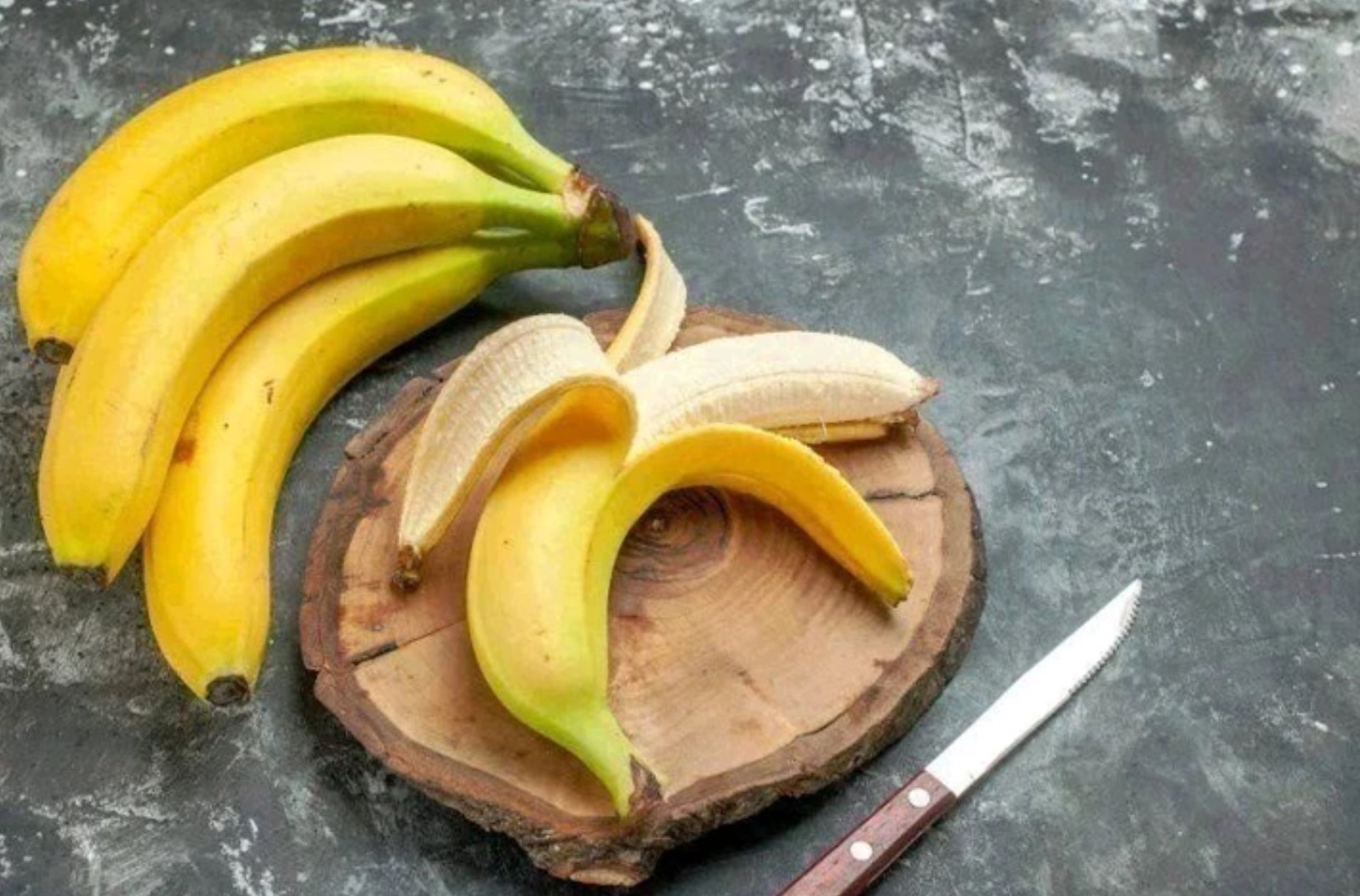HEALTH & LIFESTYLE
From Your Hair Dresser to a Barista, Here’s How Much You Should Tip in Every Situation

Continue Reading
HEALTH & LIFESTYLE
5 Secret Benefits Of Adding Salt To Bathing Water
HEALTH & LIFESTYLE
7 things that will make you look younger than your age
HEALTH & LIFESTYLE
What Happens When You Eat a Banana First Thing In The Morning?
-

 SPORTS10 months ago
SPORTS10 months ago2024 Olympics in Paris: 10,500 Athletes from 204 Countries Compete in 329 Events Across 32 Disciplines
-

 POLITICS11 months ago
POLITICS11 months agoBREAKING: Abia State To Introduce CNG Buses Amid New Restrictions On Tricycles, Motorcycles In Aba, Umuahia
-

 METRO2 months ago
METRO2 months agoWoman turned a 110-year-old tree into a free library for neighbors
-

 IN-THE-NEWS11 months ago
IN-THE-NEWS11 months agoAutopsy Report Of 4-Year-Old Miguel Revealed
-

 METRO9 months ago
METRO9 months agoDad Buys Car For His Daughter, Finds Note In Glove-box Inside The Vehicle
-

 SPORTS10 months ago
SPORTS10 months agoSometimes, I don’t even know why I attack
-

 SPORTS11 months ago
SPORTS11 months agoPanama triumphs and qualifies alongside Uruguay for the quarterfinals
-

 METRO1 week ago
METRO1 week agoPeople ‘screaming’ after watching Trump attempt to describe what the Declaration of Independence is –









